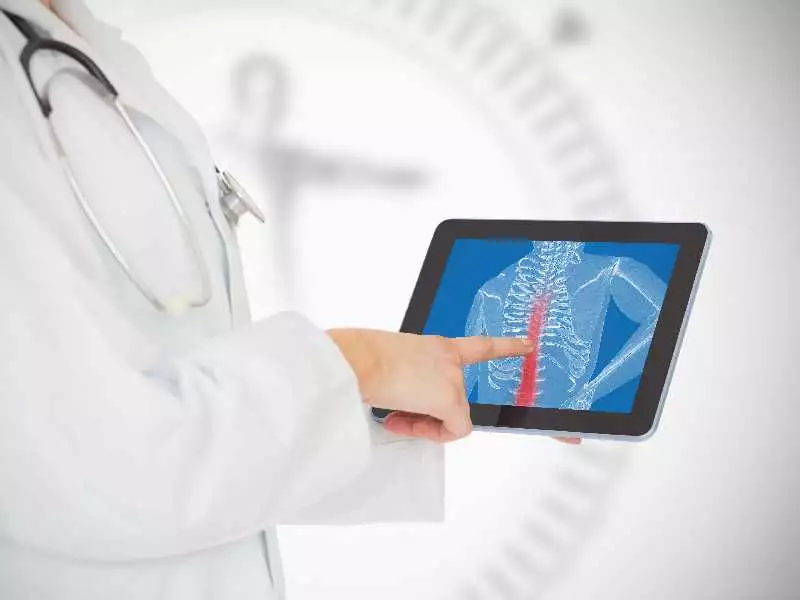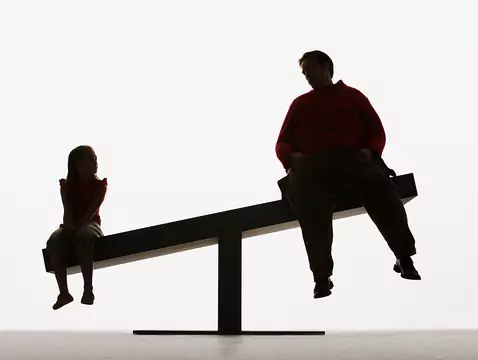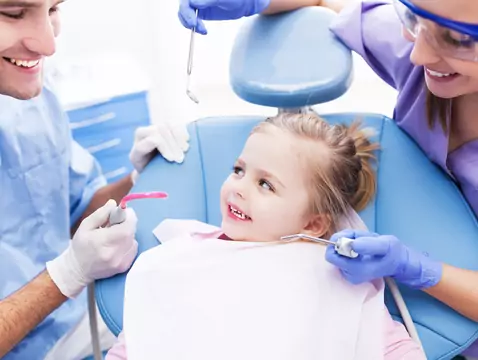Postural defects are now a widespread population problem, associated with pain in the musculoskeletal system, but also with numerous limitations in social functioning. Their origins can be traced as far back as school (developmental) age, when the first abnormalities occur due mainly to a sedentary lifestyle and restricted physical activity. Both the limitations and the physical appearance itself, resulting from pathological changes in the skeletal system, have a huge impact on the formation of a young person's self-esteem.
One of the many processes that is very important for future life and social functioning takes place during adolescence - self-image and self-esteem are formed. The mental and psychological foundations through which a person describes, understands and perceives the world and defines his or her own person are formed.
However, self-esteem and self-image are not fixed constructs, but are subject to lifelong changes through events and situations registered as potentially difficult or crisis situations. Nevertheless, body posture, and in particular the abnormalities that occur in this area, are a starting point for a young person to build up self-esteem, which has implications for psychosocial functioning in the environment [1].
Body posture
According to the definition, posture is understood as the position and arrangement of the individual body parts in relation to each other. When referring to the norm - i.e. the ideal state - the body should be kept upright and in balance, without expending much energy to maintain such a state [1].
It can be said that a normal posture is one that neither at the present time, nor in the prognosis in the context of the future, is the cause of significant pain on the part of the musculoskeletal system, but also does not contain pathological (ascertained) changes in its scope [4].
The formation of an adolescent's posture is a complex process and, like all other constructs during this period, is not a permanent state, but undergoes continuous transformation under the influence of mechanical, emotional, racial, genetic and hereditary factors or muscle strength, fitness, and movement habits acquired during life [1].
Due to the dynamic nature of the changes that occur during the formation of posture, pathological abnormalities may appear - particularly those related to lifestyle. The computer and mobile phone age promotes a hunched posture, while also contributing to a reduction in physical activity and movement. As a result, disorders of the cervical and lumbar spine are becoming more frequent, and postural defects are beginning to develop [1].
Postural defects
Postural defects, i.e. any deviation from the norm represented in the given environment, are divided into simple and complex defects [1].
Spinal defects include scoliosis, i.e. lateral curvature of the spine, with which irreversible deformities, rib hump, growth disorders or pain complaints are associated. Other visible spinal deformities include round and concave backs, which also lead to a restriction of the child's activities and have a number of other effects that interfere with the child's functioning and normal development.
Postural defects also include defects of the limbs - in the case of the lower limbs, we can speak of flat feet, clubfoot, bowed toes, bowed knees or a bowed heel [3].
Epidemiology of postural defects
Among children of developmental age, postural defects occur in 50%-60%, the vast majority of which have their origin in poor movement habits or disproportionate to body weight, excessive loading. This can result in the formation of musculoskeletal deformities and, according to data presented by the Centre for Information Systems in Health Care (CISRZ), the problem of spinal deformities is diagnosed in approximately 18% of children aged 0-18 years, with as many as half being diagnosed between the ages of 2-9 years [2].

photo: panthermedia
Diseases related to the musculoskeletal system are growing into a worldwide problem and are thus becoming a population issue. They are associated with disability or reduced mobility in adults, but they begin at an early age, when the need for young people to move is superseded by the sedentary lifestyle imposed by school organisation. The most common conditions that occur at school age related to the musculoskeletal system are problems with the lumbar spine and increasingly observed problems of the cervical and wrist [2].









